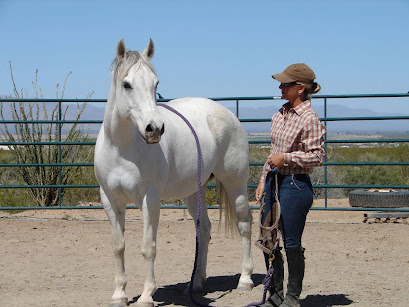Why your personal space matters...
I see too many folks dragging their horse into their left shoulder blade.
This often comes from a horse dragging on the lead rope, which may not seem bad when walking straight, but it becomes obvious when a turn is made.
So ask yourself this:
How often do you check-in with the horse before you make a turn to assess how soft the horse is in their response to pressure with the lead rope?
How often do you notice if you grip with your fingers tighter on the rope as you make a turn?
Does your horse get heavier on the rope as a turn progresses?
Is your horse looking the opposite way from the direction you are turning?
Does your horse change their energy during the turn?
Do you offer the horse to think through and then move around the turn in quarter sections?
If your horse offers something unwanted to you stop and address it, or wait and "fix it" later?
Every moment with the horse is an opportunity to refine the clarity and specificity of the Conversation. It isn't "about" the turn itself, but rather a scenario that allows you to assess clearly the interaction and address any unwanted thoughts or movement.
The more intention you have during the seemingly insignificant moments, the more your horse learns to mentally with you, allowing for a physical reasonableness, no matter what may arise.











